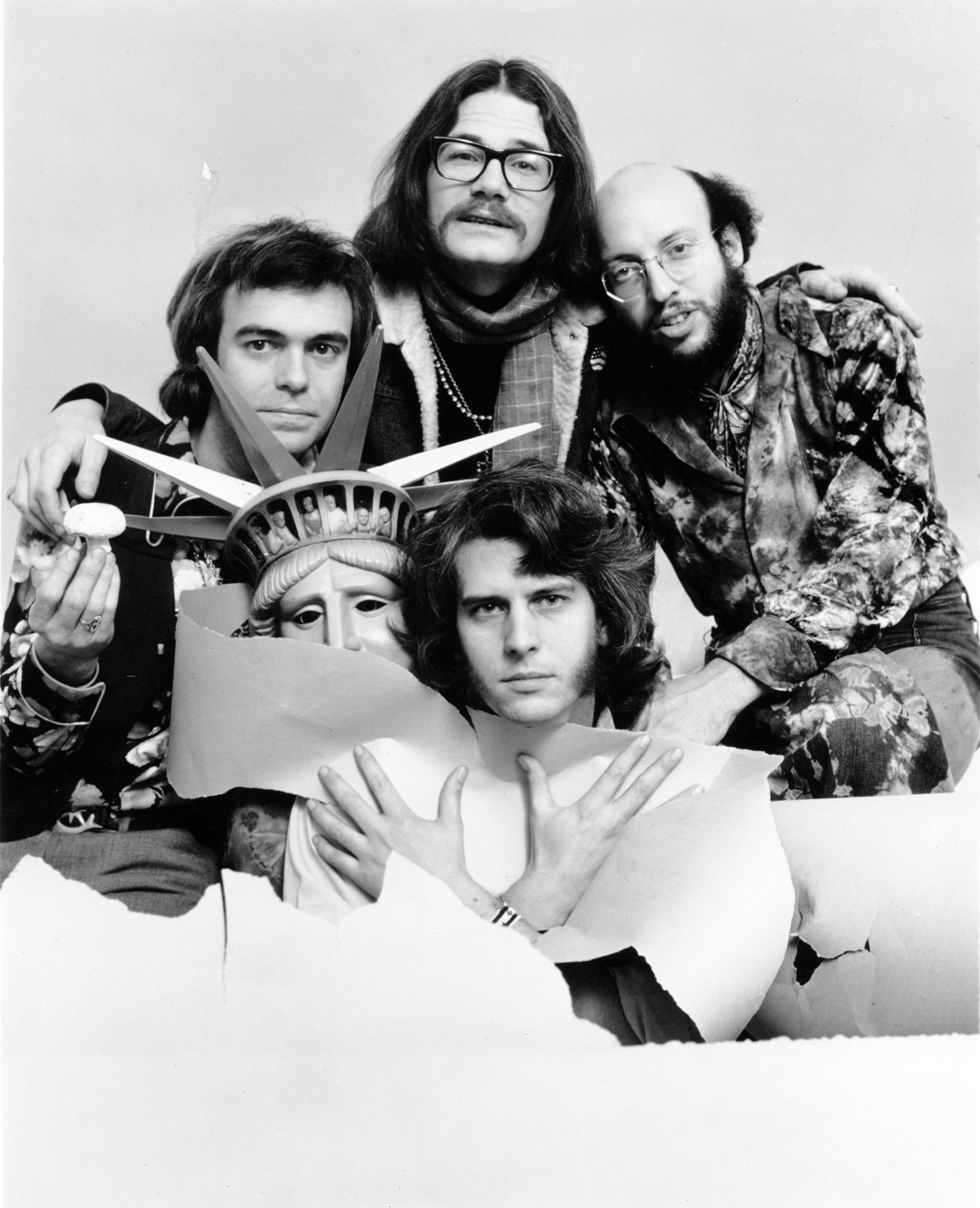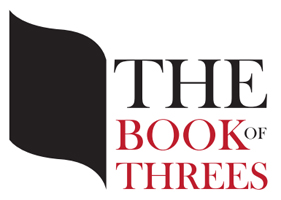
Nick Danger is a fictional character created by the comedy group The Firesign Theatre, portrayed by Phil Austin. Danger is a parody of the hard-boiled detective, and is often announced as “Nick Danger, Third Eye”, a parody of the term private eye. Danger stories involve stereotypical film noir situations, including mistaken identity, betrayal, and femmes fatales. Danger originally appears on the 1969 album How Can You Be in Two Places at Once When You’re Not Anywhere at All.
Press Quotes
“The Beatles of comedy.” —Library of Congress
“The Firesign Theatre is a comedy group that uses the recording studio at least as brilliantly as any rock group …” —Robert Christgau
“… [Firesign is] the funniest team in America today, combining elements of W C Fields, James Joyce, Lord Buckley, contemporary television and Thirties radio, scrambling it all up in a collective consciousness that defies description, and then spewing it out in a free-form half-hour epic presentation of sheer insanity … Their timing is dynamite, their dialog kaleidoscopic, and their satire is, so to speak, acidic. WAITING FOR THE ELECTRICIAN … a masterpiece of paranoia.” —Ed Ward, Rolling Stone
































